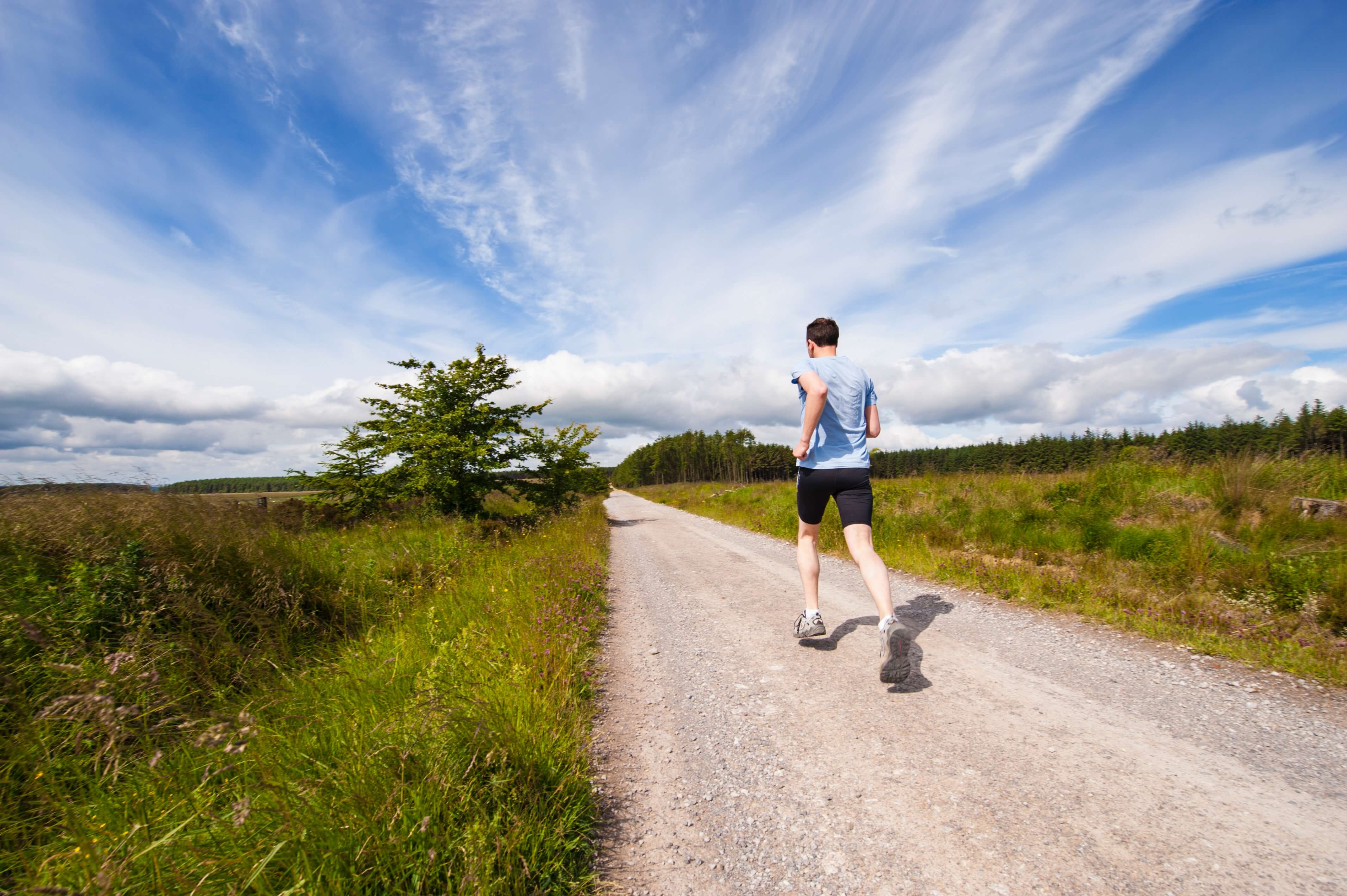

Do you ever wonder why you wake in the morning and struggle to put your heel to the ground?
Or why at the beginning of your new training programme your Achilles tendon is super angry but then for some reason gives up its attitude and lets you continue your run before screaming at you again?
And what on earth is this strange lump that’s appeared at the back of your ankle?
Around this time of year many individuals have kicked off the work shoes and replaced them with running shoes. For many this has been an on going process and for others, it’s a new venture. Whether it be to gain fitness, lose weight, or raise money for that charity you hold dear to your heart. Grumpy tendons have no bias, you may be a novice runner or even a marathon expert, get a few things wrong and they will let you know about it.
The Achilles tendon is the thickest and strongest tendon in the body (Lozsa, 1997). It’s a combined tendon of two muscles, the Soleus and Gastrocnemius. However, although it has superior strength, the Achilles tendon can be easily stressed if placed under abnormal or increased load. If we think about it simply, (and in most cases it is) tendons should be placed on a continuum scale of;
Under loaded…….Loaded…….Over loaded
To make sense of that, if we take Bill, an average runner, who runs twice a week and has covered around 2 miles per run for the last 6 months. This is a loaded tendon that has adapted to this amount of stress and is quite happy continuing to do so. However, Bill now fancies a go at the next Bristol Half marathon in 3 months time and decides to increase the frequency of his runs to 4/5 times a week and his distance to 5/6 miles. Towards the end of the second week of increased training Bill then begins to notice stiffness in his Achilles especially in the morning. He also notices pain with stretching. The first mile of his run has become very painful but then strangely gets better, yet by that evening Bill can barely walk.
So what’s happened? - If we look at our continuum, Bill’s once ‘loaded’ tendon is now in the ‘over loaded’ section, as the extra mileage and frequency was too high for the tendon to adapt. As the stress/strain increases some tendon fibres begin to fail and ultimately a very small amount of tendon failure occurs causing pain, stiffness and swelling due to the body attempting to heal and rebuild (Brukner And Khan, 2007). Runners on the whole have shown to have 30 times greater risk of developing Achilles tendon pain (Alfredson, 2003).
Adaptation and gradual loading - Like most things in life, a tendon takes time to adapt to any new stimulus. Similar to someone learning a new skill, it takes time and repetition to perfect it. When embarking on a new goal to increase your running distance, it must be a gradual phased increase over a period of time. This allows time for the tendon to build new tensile strength to adapt to the new distance. Then, and only then, can you further increase your distance.
Foot position and foot wear - Foot position is key in all walks of life, not just runners. However, it’s extremely important in runners due to the repetitive nature of the activity. An over pronated foot (foot rolling inwards) increases the force at the ankle and Achilles tendon while running. So we can easily see how this this can lead to tissue overload and pain. The correct footwear is paramount in order to achieve a healthy running style.
Strength and flexibility - Strength training is a vital aspect of running to keep your body moving. All tissues in the body like muscles, tendons, ligaments have a tolerance to stress. The greater you build that tolerance through strength training the more efficient and tolerant they will become. Alongside the tissues being strong, they must have a good resting length. With ever increasing sedentary jobs and hours spent sat at a desk, our resting muscles have become shorter through adaptation. A regular stretching/mobility routine will help to improve muscle length and limit the risk of injury. Foam rolling and massage therapy can also help to achieve this.
Rest and Recovery - Rest days should be incorporated into every runners training programme and is just as important as putting in those hard miles. Rest days don’t have to mean Netflix and chill…however much I enjoy this myself! Rest days can mean active recovery. Swimming or cycling are great non weight bearing activities to reduce the stress and loads placed on the body while still maintaining and improving Aerobic fitness.
If you are finding that you are experiencing that morning stiffness, really struggling with start up pain when walking or running and/or have noticed some swelling around the tendon (without the presence of injury or trauma) it’s highly likely you have developed a tendinopathy. At this stage it’s a good idea to seek professional advice. Here at The House Clinics we have a team of Physiotherapists who will accurately diagnose the type of tendinopathy you have and its stage of development and formulate the appropriate treatment to get you back to you.
References
Alfredson, H. (2003). Chronic Midportion Achillies Tendinopathy. Clinical Sports Medicine . 22 (4), 724-741.
Brukner, P And Khan, K (2007). Clinical Sports Medicine. 3rd ed. Australia: McGraw - Hill. 590 -609.
Lozsa, L (1997). Human Tendons. London: Human Kinetics . 26-50.